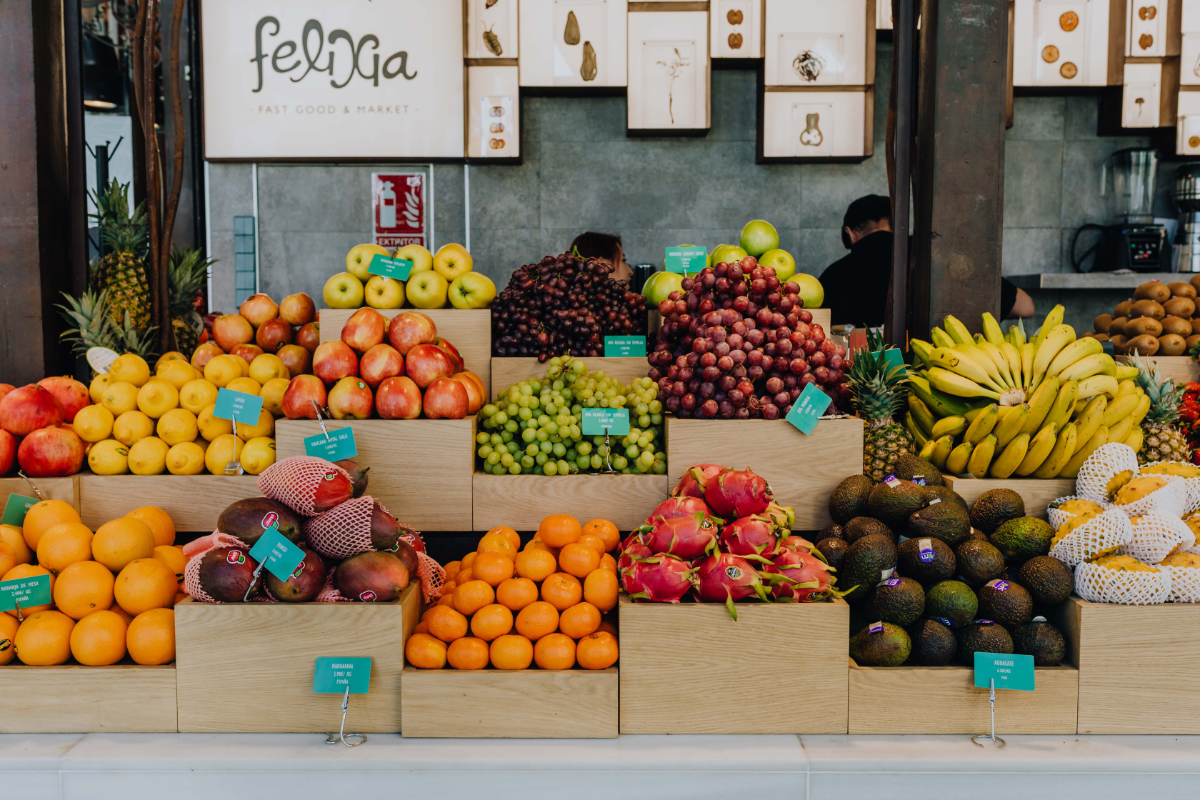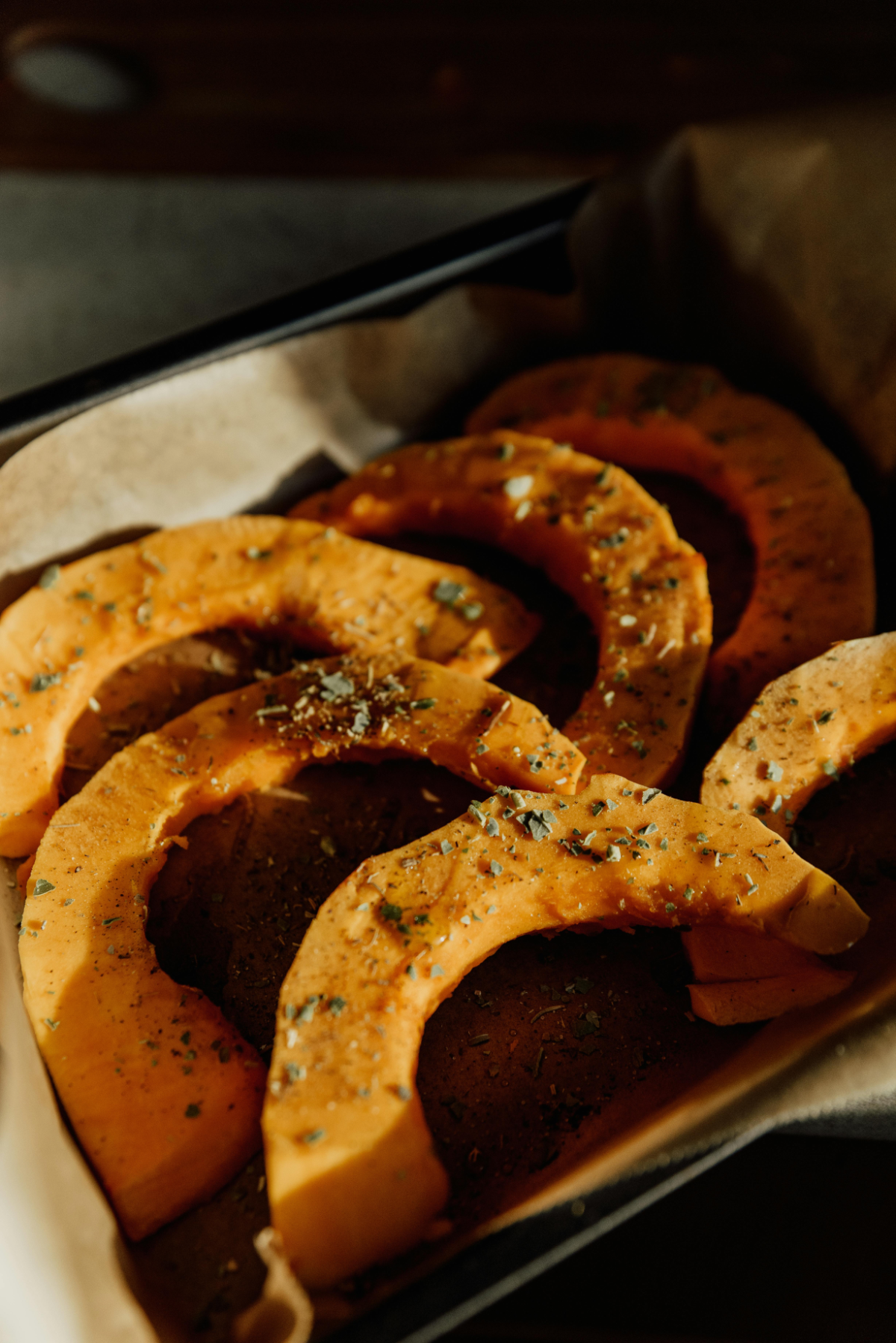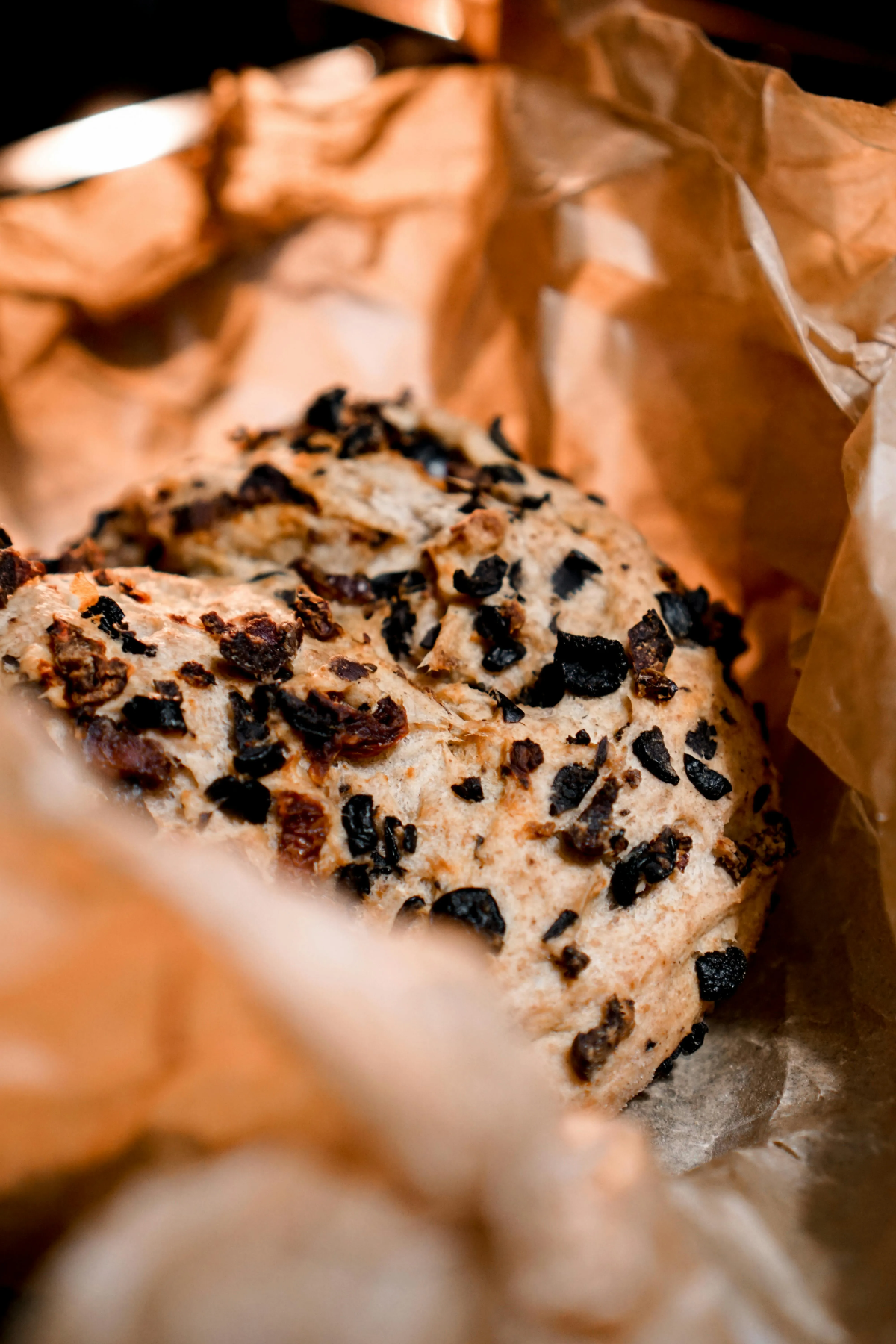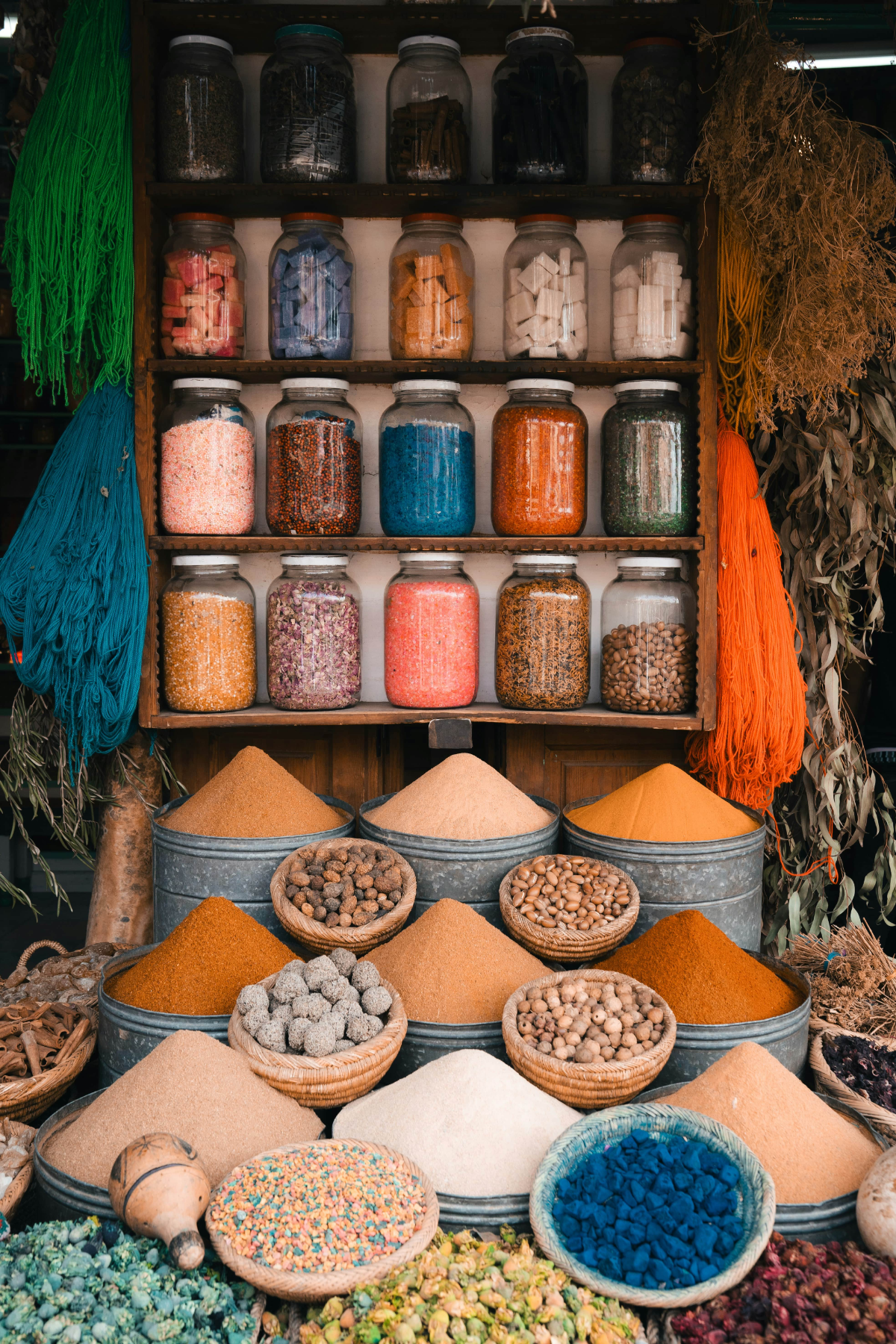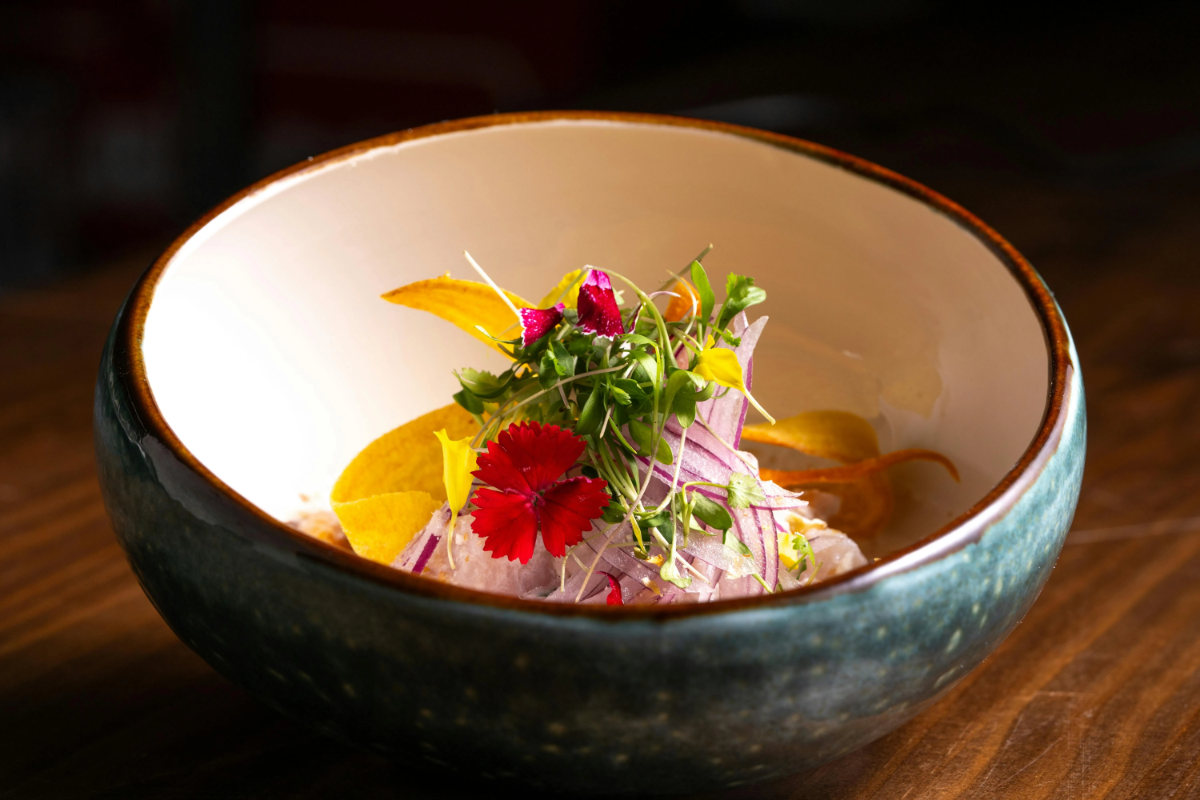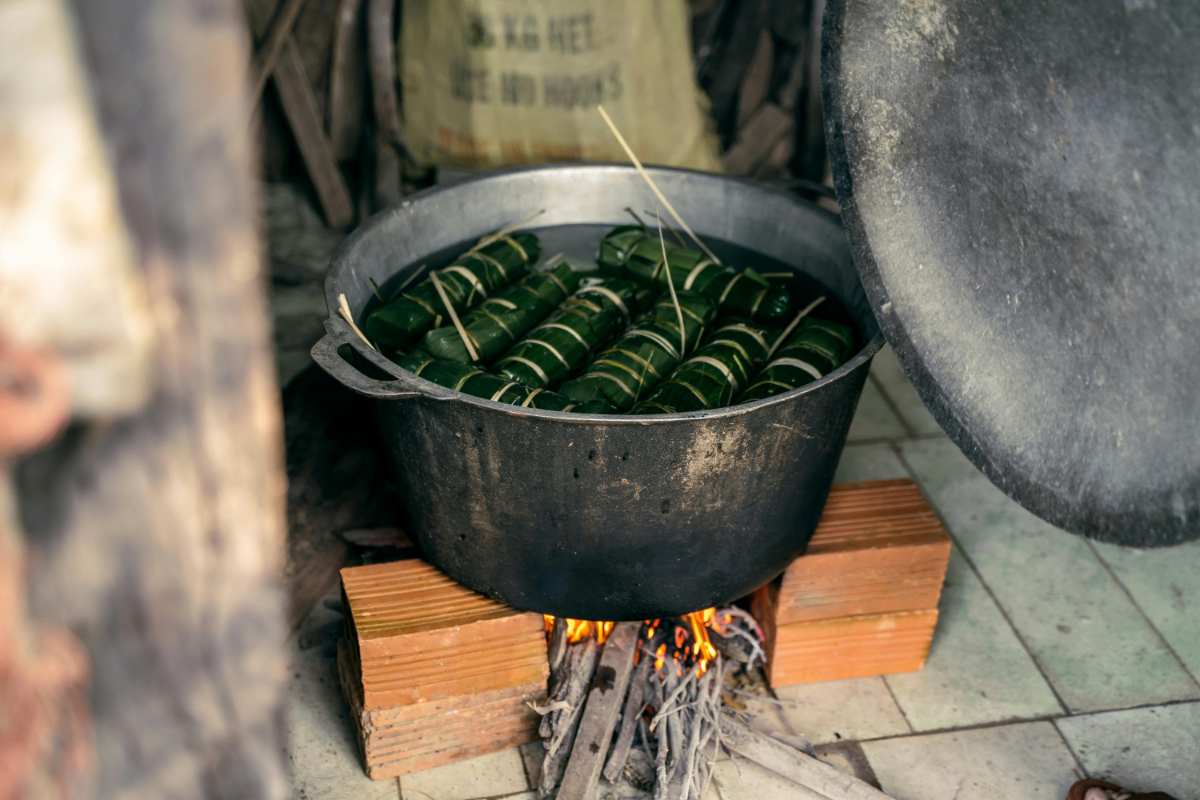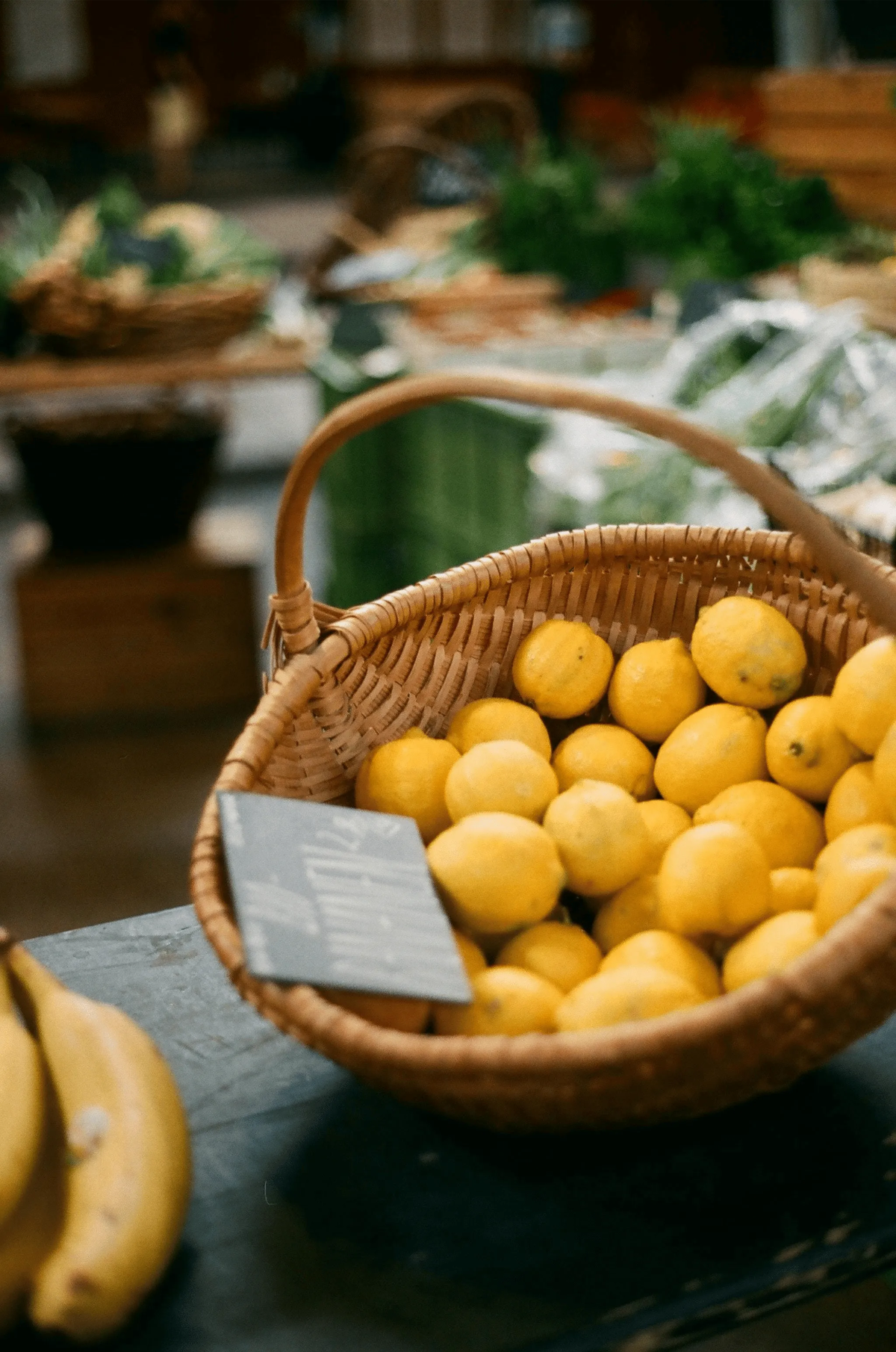Regional Food Traditions: How Cultures Nourish Worldwide
Last update November 14, 2025
Discover how international cuisine reflects cultural identity, seasonal eating, and sustainable food practices.
Food is biography and a bridge. Every grain of rice, dash of spice, and simmering pot carries the climate that raised it and the hands that traded it, revealing why food culture is both deeply local and instantly connective. From the sizzling street stalls of Bangkok to the slow-cooked mole of Oaxaca, international cuisine shows us that flavour is history made edible: migration routes become spice trails, colonial encounters echo in hybrid dishes, and seasonal eating roots communities in place.
This article traces that global culinary journey, spotlighting how traditional recipes, daily rituals, and evolving culinary traditions preserve cultural identity while nourishing the modern table. By following harvest cycles, inherited techniques, and mindful fusion, we uncover a simple truth: food is never just fuel; it is our most intimate language of belonging.
Table of Contents
Affiliate Disclosure
Some links in this post are affiliate links. That means we may earn a small commission, at no additional cost to you, if you choose to make a purchase. These are always brands, stays, or experiences we would recommend to a dear friend. Thank you for supporting the quiet sustainability of Terra Selene.
Food as Cultural Identity
Every culture leaves a mark through its national cuisine. The dishes we prepare, the ingredients we seek, and the ways we gather around a dinner table are not incidental. They’re expressive. In many households, family recipes are treated as heirlooms, transmitted through taste. The concept of a national dish is central to this idea, as it represents an iconic food that embodies a country’s history and traditions, such as sushi in Japan or the tapas culture in Spain. African cuisine, for example, is incredibly diverse, with national dishes like fufu, Jollof rice, and tagines reflecting the rich heritage and identity of various regions.
Food builds cultural identity through repetition. It shows up in festival sweets, ancestral stews, and street food stalls that stretch generations. Middle Eastern cuisine also exemplifies this, with its rich culinary tradition and signature dishes like kebabs and hummus serving as powerful expressions of cultural identity. The important role food plays in fostering community, preserving traditions, and supporting cultural diversity cannot be overstated.
From Korean food, such as Korea’s fermented vegetables like kimchi, which is deeply rooted in tradition and valued for its health benefits, to Morocco’s use of aromatic spices, food becomes a shared dialect.
The Evolution of Taste
Cuisine is deeply influenced by movement, exchange, and adaptation. Historical events have long shaped the culinary landscapes we now consider traditional, forming the foundation of each region's unique culinary tradition. The Columbian Exchange, for instance, introduced ingredients like tomatoes to Italy and chilies to India and Southeast Asia, redefining what we now consider traditional dishes.
In India, the legacy of ancient Persian trade routes lives on in the saffron-laced rice of biryani, a dish that draws on centuries of spice trading and cultural blending. Indian cuisine is renowned for its diversity, bold flavors, and aromatic spices, captivating taste buds worldwide and earning global popularity through its most favorable meals. In Peru, waves of Japanese immigration gave rise to Nikkei cuisine, a refined yet accessible form of fusion cuisine that harmonizes soy, miso, and wasabi with local traditions like ceviche.
Even within the same culture, food customs shift depending on region, climate, and historical context. In Mexico, the same dish, similar to tamales, can be wrapped in banana leaves in the south or corn husks in the north, each version carrying its own cultural significance and regional flair. Mexican cuisines, as a collection of diverse culinary traditions, are recognized worldwide for their unique flavors and cultural significance. Similarly, in French culture, regional food customs and traditions are deeply embedded in daily life, reflecting the importance of savoring meals and the appreciation of culinary arts.
This ongoing evolution is a reflection of our rich cultural heritage. To understand how and why tastes develop is to begin tracing the lines that connect us across geography and time. The evolution of global cuisines continues to delight taste buds globally.
Traditional Food as a Vessel of Heritage
Across time, traditional recipes and culinary heritage have preserved wisdom. They mark seasons, celebrate harvests, and preserve memory. Passed through generations, family recipes carry techniques and stories rooted in place. UNESCO’s recognition of intangible cultural heritage affirms food’s role in shaping cultural identity. Eating something made by a grandmother is tasting memory; learning to make it carries that memory forward.
Often unwritten, these recipes express values as much as flavor. They reflect what was scarce or sacred, and which rituals, kneading, fermenting, roasting, gathered communities. In rural Greece, the slow baking of ladera reflects a time when meat was rare. In West Africa, pounding yams or simmering groundnut stew follows patterns learned through touch and repetition.
The range of food cultures shapes how we eat and how we understand ourselves. These dishes act as edible archives, preserving identity through practice. Cooking becomes remembering, a tactile way to protect knowledge that resists digitization. This link between food and memory also lives inside the Slow Food movement, which protects culinary heritage by safeguarding endangered ingredients, recipes, and the communities that carry them.
Traditional food holds the essence of cultural identity. In today’s world, protecting these practices isn’t nostalgic; it’s vital. Cooking classes and workshops help ensure traditional skills are passed on, dish by dish, hand to hand.
Food as Ceremony and Grounding
There are sacred pauses built into how cultures approach food. In Argentina, yerba mate is shared in a circle ritual that deepens connection, strengthens community, and slows the day. The act of passing the gourd is not casual; it’s coded with values of respect, inclusion, and stillness. One speaks less and listens more.
In Japan, the tea ceremony, sado, is a codified expression of mindfulness. The ceremony is layered with intention, from the folding of the cloth to the precise turning of the cup. It’s not about caffeine; it’s about presence. Every element, from the water temperature to the silence between gestures, invites inward reflection. It’s an art form rooted in impermanence and grace.
In Italy, the practice of making pasta from scratch is a tradition that spans generations. Rolling dough with a nonna is a tactile transmission of history, one where flour and eggs become a bridge between past and present. The repetition, the quiet precision, and the intimacy of shared labor transform this into more than a task. It becomes an act of devotion.
Across cultures, these culinary practices function as anchors. They slow us down. They remind us that nourishment is not just about what we eat, but how we approach it. These rituals, some formal, some everyday, ground us in rhythm, memory, and the grace of attention. Ritual is also embedded in how and what we eat daily. They’re culinary practices rooted in love, lineage, and presence.
Seasonal Intelligence: Honoring the Rhythm of the Earth
Eating with the seasons is a deeply embedded instinct, an ancient, place-based way of living that has always existed in alignment with land and light. Long before industrial food systems or global supply chains, people around the world relied on intuitive, seasonal intelligence to shape what appeared on the table. These rhythms guided both nourishment and ceremony, flavor and community. For a closer look at how seasonality and provenance shape modern dining, our farm-to-table guide explores the values, myths, and impact behind what lands on the plate.
We dive into how three cultures, Portugal, the Mediterranean, and Costa Rica, still honor those rhythms today. Each represents a distinct climate and tradition, but all reflect a shared reverence for local cycles and natural abundance. How specific regions translate seasonal intelligence into living practice, through the textures, flavors, and cultural values that arise from the natural world.
Summer in the Mediterranean
The Mediterranean diet, often hailed for its vitality and longevity benefits, is rooted in the cycles of land and sea, a prime example of cultural foods. In summer, meals lean into the ripeness of sun-warmed fresh vegetables like zucchini, eggplant, and heirloom tomatoes, and rely on fresh ingredients to create traditional dishes bursting with flavor and authenticity. Fresh seafood is also a highlight, especially in coastal regions, where its quality and abundance are central to local gastronomy and summer meals. This is a diet of moderation, pleasure, and social connection. Nourishment here is never rushed; it’s part of an entire way of being. Meals spill into the afternoon, with tables shared under fig trees and stories that stretch longer than the courses themselves.
Portugal’s Seasonal Kitchen
Portugal’s culinary identity is shaped by the Atlantic and the small farms dotting its rolling hills. In summer, rice-based dishes like arroz de marisco, seafood rice, are abundant, richly layered with tomatoes, clams, and cilantro. Grilled sardines dominate Lisbon’s open-air feasts, particularly during the Festas de Lisboa in June. These dishes are symbolic of gatherings of lineage, joy, and local traditions.
Portugal’s culinary identity is also shaped by the interaction of different food cultures and regional traditions, which influence traditional ingredients, cooking methods, and the social experience of dining.
In the southern Algarve, the focus turns to regional dishes like octopus salad and stewed fava beans, accompanied by bread baked in wood-fired ovens. Locals pair these with Vinho Verde and watermelon, evidence of the symbiosis between season and table. There is an effortless synchronicity here, between salt air, the harvest, and what ends up on the plate.
Eating with the Earth in Costa Rica
In Costa Rica, seasonal eating is inseparable from daily life. The country’s lush biodiversity brings a vibrant array of tropical fruits, mangoes, papayas, bananas, guanábanas, which are eaten fresh, blended into juices, or served as simple desserts. Rice and black beans remain foundational cultural foods, forming the base of traditional foods like gallo pinto, served for breakfast with eggs and plantains.
Fresh produce plays a starring role in Costa Rican kitchens, often cooked minimally to retain its nutritional integrity. Dishes are rarely heavy or complex. Instead, the philosophy is intuitive and responsive, what’s growing, what’s ripe, what the body needs. It’s an elegant fusion of cultural diversity, ancestral wisdom, and respect for the land’s rhythm.
This is nourishment as ecology, an understanding that eating well is inseparable from living well.
Culinary Traditions and Techniques as Inherited Knowledge
Cooking is a transmission of technique, timing, and intuition, skills handed down through generations. These are learned by watching, sensing, and doing, rather than reading.
In Morocco, preparing a perfect tagine is a rite of passage. Often taught in childhood, it’s passed down by mothers and grandmothers who guide through gesture. The layering of aromatic spices, the sealing of the clay pot, and the patient, steady heat all reflect methods shaped by deep cultural memory.
In India, cooking techniques like blooming mustard seeds or tempering curry leaves in oil follow rhythm and instinct. These steps, known as tadka, ignite flavor through sound and scent. They’re passed from mother to daughter through repetition and presence, forming a kind of sensory inheritance.
In Japanese cuisine, the preparation of traditional Japanese dishes like sushi, tempura, and ramen is a reflection of national values. These dishes are treasured for their detail, artistry, and the broader philosophy they express. The transmission of this food culture centers on care, seasonality, and the preservation of cultural identity, making Japanese food culture a vital thread through generations. Thai cuisine also exemplifies this inheritance, with signature dishes like green curry showcasing a harmonious blend of fresh ingredients, fragrant herbs, and spices. The global influence of Thai cuisine is evident in the popularity of green curry and other iconic dishes, which reflect the importance of passing down culinary techniques. Similarly, Korean cuisine is renowned for its fermentation techniques and iconic dishes such as kimchi, bulgogi, and bibimbap, all of which highlight the value of inherited culinary knowledge and bold flavors.
These traditional recipes are more than instructions, they embody legacy. Their endurance depends on continued respect for culinary practices, whether complex or everyday. To let these fade for convenience is to lose part of our rich culinary history.
Fusion Cuisine: Cultural Exchange on the Plate
Fusion Done Right
When done with care, fusion cuisine becomes a story of migration, adaptation, and shared creativity. Dishes like Korean tacos, Thai-Peruvian ceviche, or Vietnamese-Creole gumbo are deliberate expressions of cultural exchange. These combinations reflect diasporic realities, where borders blur and new traditions form from old ones. In cities like Los Angeles, Tokyo, and Lima, chefs are forging innovative paths that respect origin while embracing evolution. The influence of Southeast Asian cuisines is especially notable, with Peranakan cuisine standing out as a unique fusion of Chinese and Malay culinary traditions, exemplified by dishes such as Nasi Lemak and Laksa. Fresh sushi is another example of a dish that has become internationally popular, often featured in fusion cuisine and global food markets, celebrated for its quality and authenticity.
The artistry lies in balance. In understanding the flavors and cooking techniques, cultural symbolism, and historical lineage behind them. A well-crafted fusion translates, honors, and elevates. It acknowledges the culinary heritage it borrows from while offering something genuinely new to the global table.
Blurred Lines and Culinary Respect
The popularity of fusion dishes comes with its own cautionary tale. Without respect, traditional recipes can be diluted, misrepresented, or stripped of context. When ancient preparations become trendy menu items, and centuries-old national dishes are recast with no reference to their roots, we risk erasure rather than appreciation.
True culinary exchange demands acknowledgment. It means knowing the difference between inspiration and appropriation. Between adapting a dish with reverence and commodifying it for convenience.
Preserving the cultural significance of food doesn’t mean avoiding experimentation; it means ensuring that innovation walks hand-in-hand with respect. As more traditional restaurants incorporate modern twists, the most compelling ones are those that carry their stories forward.
Fusion, when done right, harmonizes. It invites curiosity. And in the best cases, it becomes a doorway to deeper learning about the cultural diversity and culinary practices that shape our world.
Cooking as Cultural Exchange
Participating in a cooking class while traveling allows access to something personal. It offers a way into the rhythms of another culture through direct participation, through shared space, shared labor, and shared meals.
In Vietnam, the act of rolling rice paper becomes an invitation into daily life. It teaches touch, pace, and precision. In Greece, preparing koulouri offers a moment of stillness, a time to understand patience and repetition in shaping dough. These classes give form to what can’t be understood through observation alone. They allow the traveler to learn through involvement, rather than instruction.
These moments safeguard culinary traditions while also making room for exchange. They offer a bridge between cultures, one built from respect, curiosity, and the desire to understand something essential. Explore our guide on the philosophy of the slow food movement, which echoes this bridge-building by preserving food traditions through local storytelling, biodiversity, and daily practice.
Observation and Exchange
Watching how people eat can reveal as much as language. In Japan, a simple slurp reflects appreciation and signals enjoyment. In Ethiopia, communal eating from a shared platter expresses values of equality and intimacy. In France, pausing to say “bon appétit” affirms the moment as one worthy of attention.
These gestures illuminate unspoken rules, values, and relationships. They reflect what’s important in a culture, how people gather, how they share, how they honor the act of eating itself. Observation becomes a form of quiet learning. It teaches attunement.
What we see around the table teaches us how nourishment is given meaning.
The Intimacy of Global Nourishment
Across continents, climates, and generations, culinary traditions remain one of our most intimate expressions of identity. They shape how we gather, how we celebrate, and how we care for ourselves and one another. They reveal the values embedded in our homes, markets, and rituals.
Different cultures answer the question of nourishment in their own way. Some rely on abundance from the sea, others on roots drawn from dry soil. There is no single version. Instead, there are many ways of responding to the seasons, the land, and the people who inhabit it.
What links us is the instinct to care. To prepare something meaningful. To share. These are the gestures that transcend language, and they are the ones that endure. To see how these gestures show up in contemporary food culture, from menu to market, discover our deep dive into farm-to-table principles.

